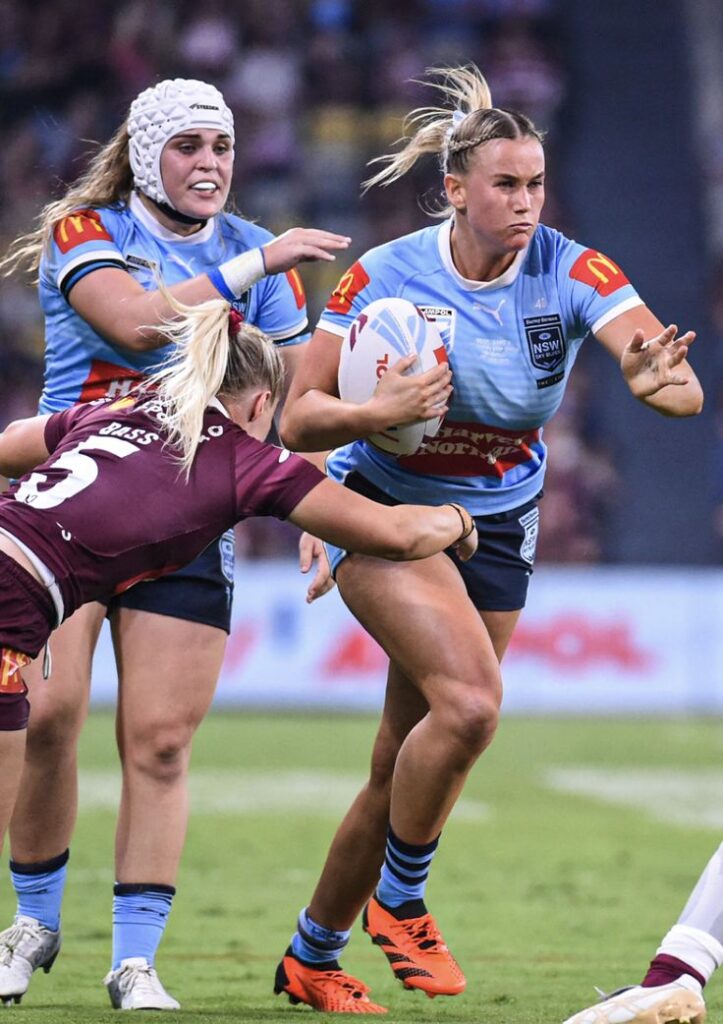How the U.S. Women’s Olympic Success is Transforming the Sport

The sport of rugby has traditionally been overshadowed in the United States by mainstream sports like football, basketball, and soccer. However, with the rise of the U.S. women’s rugby team on the global stage—particularly after their recent bronze medal win at the Paris 2024 Olympics—the sport is experiencing unprecedented growth at the grassroots level. Membership in women’s rugby clubs has surged, and high schools and colleges are beginning to take notice.
This article explores the factors contributing to this surge, the key figures driving it, and what the future holds for women’s rugby in the U.S.
The Evolution of Women’s Rugby in the U.S.
Women’s rugby has come a long way from its early days in the 1970s when the first women’s teams began to form. The U.S. national team saw early success, winning the inaugural Women’s Rugby World Cup in 1991. However, the sport struggled with limited funding and public recognition in the following decades.
Despite these challenges, the introduction of rugby sevens to the Olympics in 2016 marked a turning point. The U.S. women’s team gained visibility, attracting a new generation of athletes. Now, in 2025, the team’s recent Olympic bronze medal has accelerated this momentum, with participation numbers skyrocketing.

1. Olympic Success and Visibility
The U.S. women’s rugby sevens team’s performance in the 2024 Paris Olympics put them on the world stage. Their high-energy, fast-paced matches captivated audiences, drawing attention to the sport in a way that hadn’t been seen before.
Athletes like Ilona Maher, a social media sensation and key player in the U.S. squad, have played a crucial role in making the sport more accessible to younger audiences. Her engaging TikTok videos, which mix humor with rugby content, have introduced the sport to thousands of new fans.
2. Increased Media Coverage and Sponsorship
Compared to past years, women’s rugby is receiving more media coverage, with major networks broadcasting matches and sports analysts discussing the team’s achievements. More sponsorships are also being directed toward women’s rugby, allowing teams to invest in better facilities, coaching, and player development.
3. Social Media and Athlete Influence
Social media platforms have allowed players to engage directly with fans. Athletes like Maher and Naya Tapper have used their platforms to educate people about rugby, share training tips, and break down stereotypes about women in contact sports.
4. Grassroots Development and College Expansion
High school and college programs have reported a significant rise in interest, with rugby clubs seeing an increase in participation rates of over 30% in some regions. Universities that previously did not have women’s rugby teams are now establishing them, thanks to Title IX initiatives and growing demand.
5. Rugby’s Appeal to Multi-Sport Athletes
Rugby sevens, in particular, has attracted athletes from other sports like soccer, track and field, and basketball. The agility and speed required in sevens align well with skills developed in these sports, making the transition easier for athletes looking for new competitive opportunities.
Impact on Women’s Sports in the U.S.
The surge in rugby participation is not just a win for the sport itself but also for women’s athletics in general. Historically, women’s sports have struggled for equal recognition and funding, but the rise of rugby demonstrates that there is a growing appetite for diverse sports beyond the traditional mainstream options.
Rugby’s unique inclusivity is another factor in its growing appeal. Unlike many other sports, rugby welcomes players of all body types and skill sets, reinforcing messages of empowerment and self-confidence.


